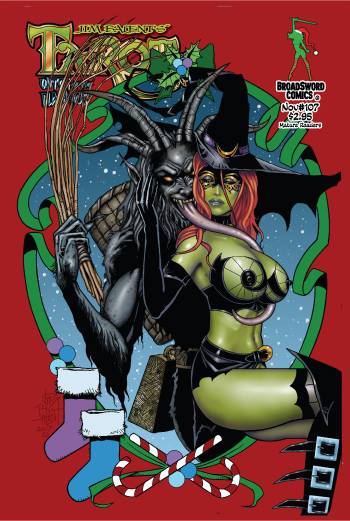ANNE RICE
'Taltos'
ALFRED A. KNOPF
It is a strange thing when you reach the end of the book. Even more stranger when that is also the end of the series. To be done with Taltos, by Anne Rice, the third and supposed final instalment of the Lives of the Mayfair Witches series, was bittersweet in more than one sense.
Despite the fact that this is the last book, it has a major difference when compared with the past two, mostly in terms of genre. This time, Rice doesn’t present a lot of horror content, but more of a reflexive, philosophical narration that deals with the race of the Taltos. That was an initial shock I had to overcome, since I expected this to be a heavier, more gruesome reading than The Witching Hour and Lasher.
However, when I got used to the main idea, the Taltos’ history, I started to enjoy this book even more. Rice filled it with countless details that, despite made it a reading hard to follow, enriched it.
At this point, I knew I wouldn’t get an explosive battle between the witches and some hidden enemy, yet I still feel it would have been a good addition given the “conspiracy” or sort of that is presented.
Each of the characters felt the same as in the previous books, I couldn’t see a real development on them, maybe only on Mona Mayfair, who acquires a more protagonistic role on this novel, but Rowan, Michael, and the rest of the cast feel just the way they did before, which is a shame.
It is also said that you have to respect the author’s end for the story, but this time Anne Rice take a safe bet for it. It was like she was in a hurry to finish it, fixed whatever was going on with each characters, solved the problems in more time than I expected and took the emergency exit in order to be done with Taltos.
Her followers will tell me that this is not the last time I will see the Mayfair witches, as their universe merges with The Vampire Chronicles’, and I even started with this series before getting to meet Lestat since several blogs said that Interview with the Vampire would tell me what will happen with the witches, but I do find them disappointing when I think about the last chapters of this novel.
I would lie if I said I won’t give Lestat a chance, in order to recover the joy these women gave me, or so I hope, but that won’t be now, maybe not even this year. It will take six books before the stories entangle, and I’m not particularly interested in waiting this much in this moment.
Despite that ending scene ruined the story, I’m sure many will like to dwell on it for a while. I certainly find it pleasurable to have a refuge of daily life in such an interesting universe. There were some unanswered questions that also bothered me, and yet Rice managed to entertain me for a long while. It is just a matter of time before I return to her. In the meantime, I’ll get some fresh air and a more light, softer reading.









































![Validate my Atom 1.0 feed [Valid Atom 1.0]](https://blogger.googleusercontent.com/img/b/R29vZ2xl/AVvXsEj3a03SrXevQiOgsvMmzyymlNVwDpIOVsYGNLbQjPPLefU_8lqiMxQyGp655KB1l7Uaz4oXl-xY-JwWvyDzcA_7V0NHcSqEIe50Bpv2PzSN-hp9iV2qgCsbvdRwD5XCbh0wQw0GYZMqLRRU/s1600/valid-atom.png)










